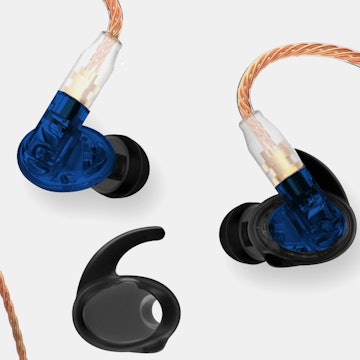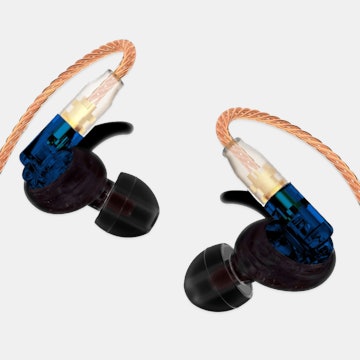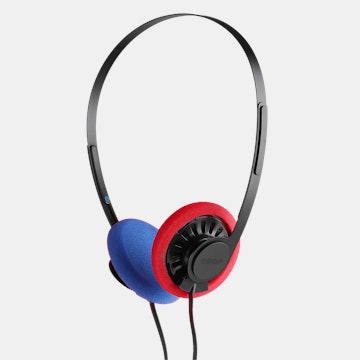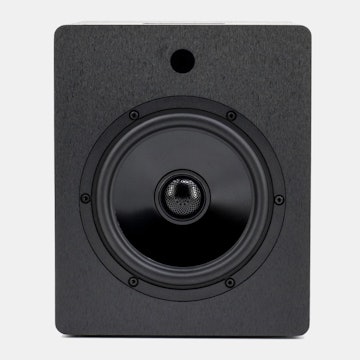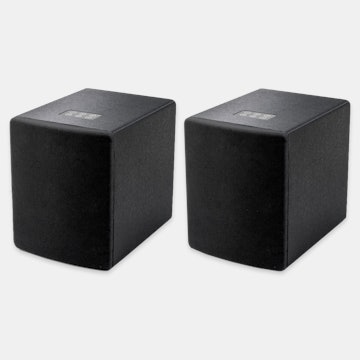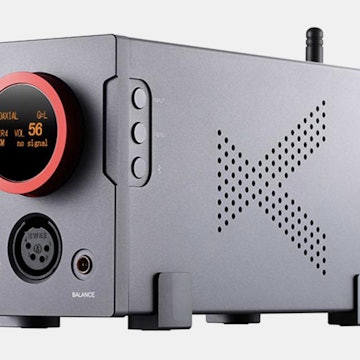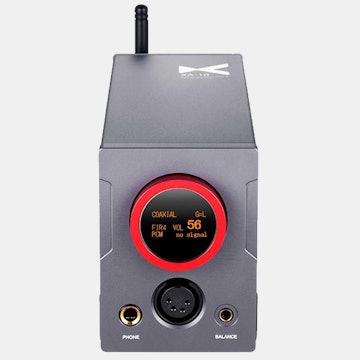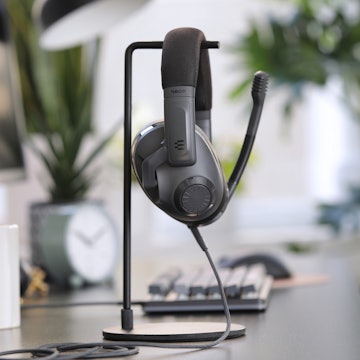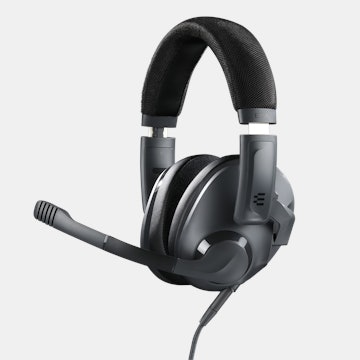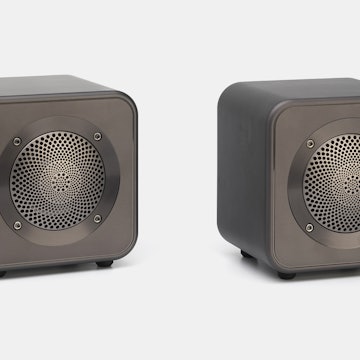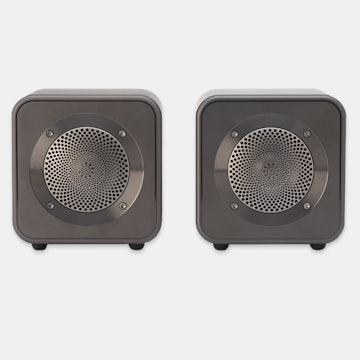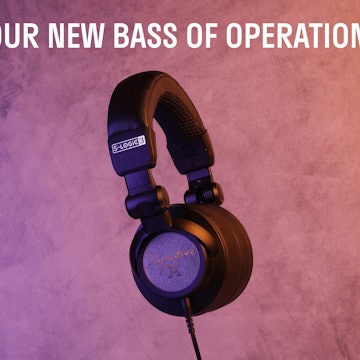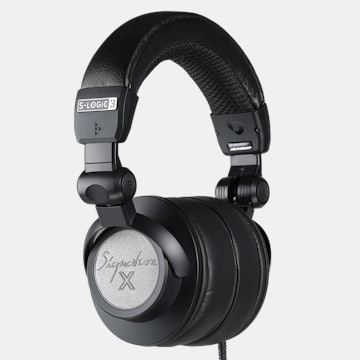Click to view our Accessibility Statement or contact us with accessibility-related questions











Showing 1 of 149 conversations about:
phila58
20
Oct 18, 2018
bookmark_border
How does this compare to the Massdrop x Grace Design Standard DAC?
PeteMtl
446
Jan 10, 2019
bookmark_border
UzuzuI think the question is legitimate. The quality of a DAC doesn’t stop to the number of bits used, 16, 24 or 32, and its sampling rate used by the DAC and digital filter. I can’t answer to Phila58’s question but it is a good question to be answered by some that may have done a listening comparison in my opinion.
(Edited)

Uzuzu
1431
Jan 10, 2019
bookmark_border
PeteMtl;-) I know what you mean.
That said the topping is capable of higher bitrate, with almost neck-to-neck performance with the SDAC in terms of generated noise. They're almost identically clean, if you go to Amir's website he compared the two of them.
I would honestly go for the topping becuase it's 5-10 dollars cheaper when on sale, 20 dollars more when not, but capable of DSD. YMMV
PeteMtl
446
Jan 10, 2019
bookmark_border
UzuzuFair enough, but at the end of the day I value opinions from people that may have compared the units in a listening session. I agree with your arguments, but if you only use standard music files, then I would favour the best sound DAC, not the most tecnically advanced... (If you use like me 16 bit/44.1 uncompressed, lossless or higher quality bit rates of compressed music (MP3 or M4A/AAC or Ogg Vorbis), then you don’t need 24, or 32 bits or DSD or higher sampling rates compatibility (95% of music available out there is 16 bits/44.1khz anyway.
since I have not heard the Topping DAC, only the SDAC, I cannot answer that question...(which sounds best between the two)
(Edited)
artnoi
14
Jan 14, 2019
bookmark_border
PeteMtlYour don't need listening comparison, most of DAC performance is below out threshold of hearing anyway, Just check measurements at https://www.audiosciencereview.com/forum/index.php?threads/review-and-measurements-of-topping-d10-dac.2470/ for D10 and https://www.audiosciencereview.com/forum/index.php?threads/review-and-measurements-of-massdrop-x-grace-design-sdac.2495/ for SDAC
PeteMtl
446
Jan 14, 2019
bookmark_border
artnoiYou just don’t get it, friend. I understand that all components in the digital world have comparable graphs and specs. That is NOT what I wish to compare. I do not want to compare graphs and specs, I would rather compare the sound with my own ears or get the opinion of others that have compared the sound with their own ears. Graphs and specs will tell you a few findings but they will never be a substitute to a sound check done by a pair of trained ears, no matter how deep your graphs and specs try to dig. A true meaningful review must do both to be credible. It is true for speakers and headphones, it is also true for electronic and digital to analogue components.
(Edited)
Jasonq997
0
Jan 14, 2019
bookmark_border
PeteMtlI get it. You want experience that meaningful placebo effect, so that you can claim superior "trained ears".
PeteMtl
446
Jan 14, 2019
bookmark_border
Jasonq997You got it my friend. Some listen to graphs, I listen to music. Graphs will not tell the whole story. A good component should measure well, a great component should also sound right. And I emphasize the word « also ». I do not deny the « objective » meaning of a graph, but yes I will trust my ears at the end. And in the end if two DACs sound equivalent, I won’t deny it.
In the eighties when CD players were introduced, I was a teen back then, all CD players had outstanding and equivalent specs. Most of them were no different when measuring them on most criteria. Only minor differences if any could be measured, mostly frequency response linearity at very low inaudible levels and some phase linearity minor differences. And yet some CD players sounded very good (the Philips based players, the Denon and Yamaha based players) and some has very bad dry and metallic sound (the early Sony and other main Japanese brands). Yet the graphs couldn’t tell them apart on the measurements alone. Things have evolved since then, but graphs and measurements still will not reveal everything, unfortunately. I will repeat myself: a good review should cover objective and subjective findings.
(Edited)

LuckyLuke575
561
Apr 21, 2019
bookmark_border
PeteMtlTotally agree with this. While the graphs and specs are relevant for objective comparisons, it's hocus pocus for most people.
A difference in listening experience comes in more when other components of your set up are highly spec'd / sensitive. If you're running an HD 800 with the THX 789 amp and decent cable with a 96 kHz/24 bit source, then the differences between DACs is going to show up more. Conversely less so with entry level gear.
PeteMtl
446
Apr 21, 2019
bookmark_border
LuckyLuke575Yes I agree, more revealing components will help you distinguish audible qualities between two DACs.
By the way, in the last couple of months I bought two vintage CD players: a Philips CD-960 (TOTL at the time of its release in 1987, the very same player I used to own as a young adult at the time in 1989) and a Rotel RCD-955 (from around 1991-92). Both players have a couple of things in common: they both use Philips mecanisms, although the CD960 has the renowned CDM1 laser and transport, indestructible, while the Rotel has the more economical CDM4/19 transport and laser assembly. More important, both players carry the same 4x oversampling digital filter and R2R multibit DAC from Philips. The DAC is the renowned TDA1541A, a DAC introduced in 1987 and still considered one of the best of all time, even compared to the latest 32 bit delta sigma DACs. The TDA1541A has very average specs by todays standards and is a 16 bit device using the filter’s 176.4 khz oversampling signal. Yet many consider the sound quality of this duo the very best sound quality ever produced by a DAC. The sound is warmer, more harmonic, sweeter highs, more dynamic yet more « analog like » than most current DAC. If you look at the specs, nothing sensational, below average s/n ratio, below average dynamic range. However the frequency response is very flat, the phase linearity is spectacular (within 0.5 degrees of stereo phase mismatch at its worse measured spot and typically within 0.1 degrees), and the time error and jitter is far better than most delta sigma DACs because if its true R2R 16 bit design. The strength if its time linearity has however a consequence by design: a weakness, low level amplitude linearity, which is far worse than all delta sigma DACs, but at the same time the amplitude mismatch at -90db is only 1db, nothing to cry home about. So what’s the result of all this: specs will tell you part of the story (frequency and relative phase linearity which produces accurate sound) but certainly will not reveal the spectacular warm and analog like sound of the TDA1541. To push the matter further, many audio fanatics which seek such vintage players will also modify the circuitry in order to desactivate the digital filter and 4x oversampling pre-dac processing. These audiophile swear that the resulting sound is the best DAC experience possible, and I remind you that the sound is then produced by an unfiltered 16 bit with « only » 44.1 khz signal, leaving ultrasonic distorsion (over the 20khz theorical limit of the human ear but your dog may hear it) pass to your amp and speakers with only the minimal analog filtering at the output stage. If you don’t believe me google it: TDA1541, Vintage Philips Based players, Non-oversampling (NOS) Philips TDA1541, Lampizator, browse in a bit and you will see by yourself how a 30 year old DAC design uncapable of anything more than the 16 bit redbook standard is still in many audiophiles opinion the best DAC ever made, even by todays standards.
Check this link to begin with and look for the link on this page « TDA 1541 corner for lovers of the legendary Philips DAC chip »
http://www.lampizator.eu/Fikus/ARCHIVES.html
If you read the 1541 link on this page you will find an interesting discussion on the higher bit matter and why more bits isn’t necessarily better...
So in the end if such a « obsolete » vintage DAC is more musical, warmer amd better sounding than the current 32 but delta sigma DACs according to many audiophiles, then it is legitimate to question the sound quality experience between the « only 96 khz SDAC » and the « Supposed to be superior 32 bit zillion khz » competing Topping DACs. Yes specs may be important and reveal some truth in DAC behavior, but I still favor listening comparisons, and in my case yes I prefer TDA1541A family R2R Vintage DACs found in my two Philips based vintage CD players. I also own the SDAC which is good sounding but I will restrain from comparing it to the Topping because I haven’t heard the beast. To each his own.
(Edited)

NeoTheLizard
108
Apr 21, 2019
bookmark_border
phila58I'm actually curious about this as well. I was deciding between these two and ended up going with the SDAC in the end because there's more confirmation of its sound than the Toppings currently, even though the Topping is slightly more versatile. I'm using a Little Dot 1+ which can't take anything higher than 96khz anyways, and some comments i dug through suggested that the soundstage provided by the Topping is slightly narrower, which prodded me towards the SDAC. Probably the difference is far from significant. I haven't received it yet, though, so i can't yet testify to its sound on its own terms.

NeoTheLizard
108
Apr 21, 2019
bookmark_border
NeoTheLizardThere also seems to be more people having difficult to pinpoint issues with the Topping, just scrolling through the discussion section here. Maybe it's just me nitpicking, idk.

